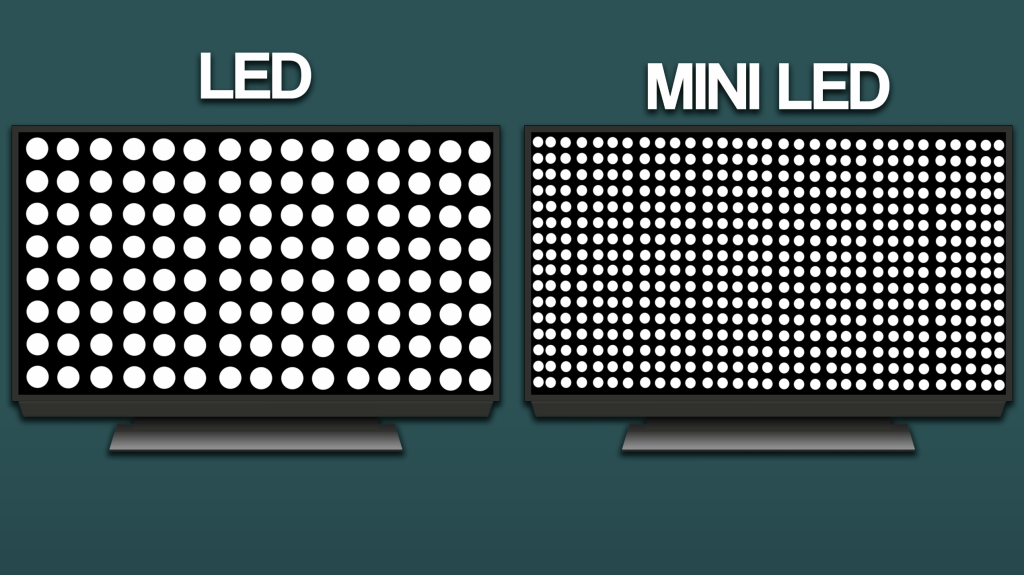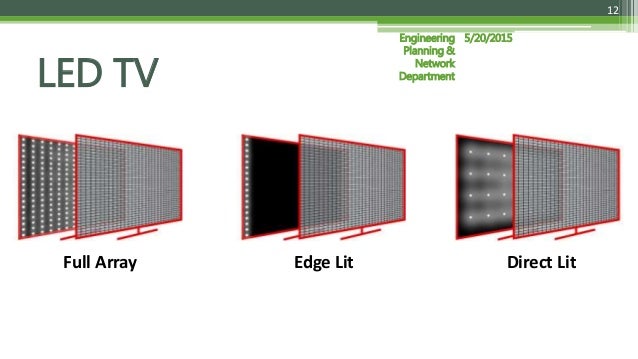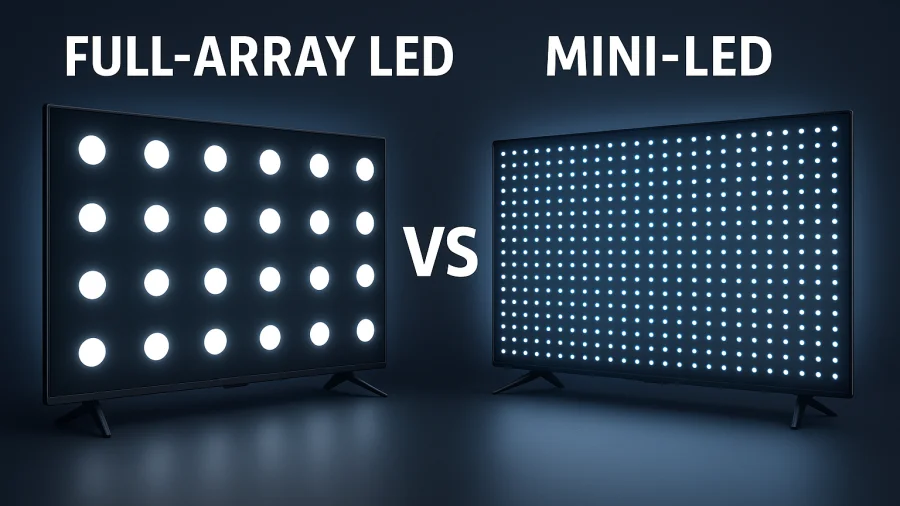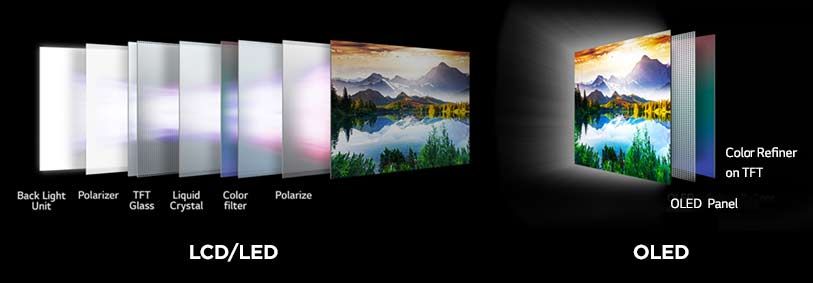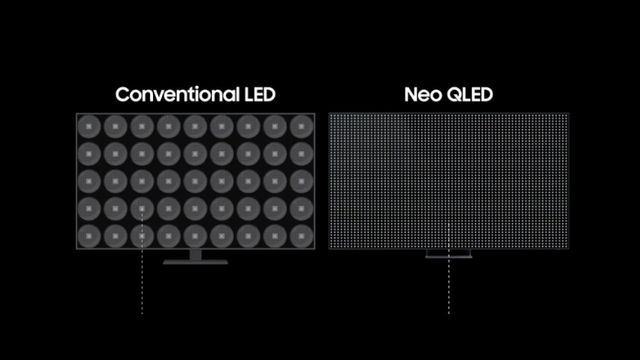Direct Led Backlight Vs Full Array

A fierce battle is raging in the TV world: Direct LED backlighting versus Full Array Local Dimming (FALD). Consumers are demanding better picture quality, and these two technologies are leading the charge, but understanding their differences is crucial before making a purchase.
Choosing between these backlighting methods directly impacts contrast, black levels, and overall viewing experience.
Understanding Direct LED Backlighting
Direct LED backlighting places LEDs directly behind the entire screen, unlike edge-lit displays where LEDs are only on the sides.
This generally provides more uniform brightness than edge-lit options.
However, standard direct LED lacks the sophisticated control of FALD.
The Limitations
Without local dimming, all LEDs illuminate together, even when parts of the scene should be dark.
This can result in washed-out blacks and reduced contrast.
It's a more affordable option than FALD, but sacrifices some picture quality.
The Power of Full Array Local Dimming (FALD)
FALD also utilizes LEDs directly behind the screen, but with a crucial difference: local dimming.
This technology divides the backlight into zones that can be independently controlled.
Zones are dimmed or brightened based on the content being displayed, creating deeper blacks and brighter highlights.
The Benefits of FALD
FALD significantly improves contrast ratio, resulting in a more dynamic and realistic image.
Black levels are noticeably darker, enhancing the viewing experience in dimly lit environments.
Dolby Vision and other HDR formats benefit greatly from the precision of FALD.
The Key Differences: A Head-to-Head Comparison
The primary distinction lies in the dimming capabilities. Direct LED lights the entire screen uniformly. FALD offers granular control over specific zones.
Contrast is the critical area where FALD shines, offering a much wider range between the brightest and darkest parts of the image.
Cost is a factor; FALD TVs are typically more expensive due to the advanced technology and increased complexity.
Real-World Performance: What to Expect
In a dark room, the advantages of FALD become even more apparent. Shadow detail is preserved, and blacks appear inky black, enhancing the overall cinematic experience.
Direct LED backlighting can struggle with blooming around bright objects against dark backgrounds, a phenomenon minimized by FALD.
For daytime viewing, the brightness advantage of some direct LED TVs can be sufficient, but the contrast advantage of FALD remains valuable.
Consumer Reports & Industry Insights
According to Consumer Reports testing, TVs with FALD consistently rank higher in picture quality assessments, particularly in black level and contrast performance.
Major manufacturers like Samsung, Sony, and LG increasingly incorporate FALD into their higher-end models, recognizing its importance in delivering a premium viewing experience.
Industry experts at Rtings.com provide detailed measurements and comparisons, showcasing the quantifiable benefits of FALD over direct LED.
The Verdict: Which is Right for You?
If picture quality is paramount and budget allows, FALD is the clear winner.
However, if you prioritize affordability and primarily watch TV in well-lit environments, a direct LED TV might suffice.
Carefully consider your viewing habits and budget before making a decision.
Next Steps: Staying Informed
Monitor tech reviews and comparisons on reputable websites like TechRadar and CNET for the latest information.
Check manufacturer websites for specific model specifications and features.
Visit local electronics stores to compare TVs side-by-side and assess the picture quality firsthand.

:max_bytes(150000):strip_icc()/vizio-full-array-zones-large-56a4b48d3df78cf77283d2e0.jpg)

